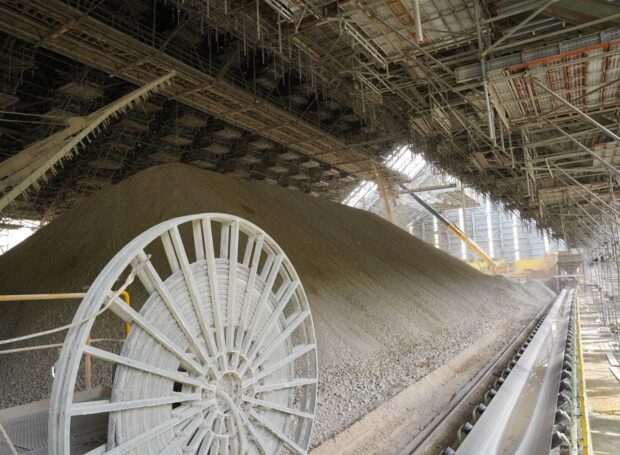The Philippine Cement Industry has faced challenges: Buy local cement and save jobs
The Philippine Cement Industry has faced challenges in past few years. With a challenging business environment brought about by increasing imports, cement dumping from other countries, struggling demand, and the after-effects of the COVID-19 pandemic, Philippine cement manufacturers have continued to ensure that supply and quality cement products are available to every Filipino.
Over the past few years, the local cement industry has invested in additional capacity to make sure that the industry has adequate supply to provide for the nation’s cement demand. Local manufacturers are investing in additional capacity totaling to 17 million tons per annum (MTPA) over the last 5 years – San Miguel Group +6 MTPA, Taiheiyo +3 MTPA, Republic +2 MTPA, Cemex +1.5 MTPA, Holcim +1.4 MTPA, and other players +3 MTPA). This brings the total local cement production capacity to 53 MT in 2024 while demand continues to contract and is currently forecasted to rest at ~34.5 MT in 2024.
In addition to these investments to expand capacity, local manufacturers have also invested heavily in reducing the carbon footprint in their operations to make operations more sustainable and they have introduced products and solutions in the market that have a lower carbon footprint compared to the traditional imported cement brought into the Philippines which have higher carbon footprint.
Despite the more than adequate supply, the industry continues to be plagued by the continuing influx of imports, mostly from VietNam, despite the imposition of dumping duties on certain manufacturers and exporters. Importers brought in close to 7 million tons (MT) in 2023, which was even higher than in 2022. This figure is expected to rise even further as the Vietnamese cement market contracts by 6% and they look towards exports to improve industry performance, with local manufacturers calling for a reduction in export taxes levied on cement. This indicates that more imports are on their way to be dumped in the Philippines in the coming months, further causing serious injury to the already beleaguered Philippine cement industry.
The local cement industry contributes significantly to the Philippine economy, accounting for at least 1% of the GDP. The domestic industry has invested several billions in the country’s manufacturing sector, generates an estimated 130,000 direct and indirect jobs, and contributes a multiplier of around 3x to the economy plus it generates more tax revenues for the government compared to importers of cement.
More than its contributions to the economy and the construction industry, local cement manufacturers have also added value in improving the country’s health and safety industrial standards, and environmental stewardship, and participate heavily in the country’s growing circular economy.
As it stands, the Philippine cement industry has been forced to downscale operations as imports continue to cannibalize the market, and in certain cases lay off workers due to the worsening market situation. With the projected increase in cement imports, local manufacturers will be forced to further downscale operations until demand recovers or importers cease dumping and exploiting the local market.
To directly address the threats from imported cement, the Philippine cement industry through the Cement Manufacturers Association of the Philippines (CEMAP) and Eagle Cement Corporation, in partnership with the Department of Trade and Industry (DTI), continues to push its Buy Local, Build Lokal campaign. The campaign encourages individual Filipino consumers as well as local developers to exercise sustainable business judgment and do their part in protecting the Philippine domestic industry by prioritizing the use of locally manufactured cement.
In this spirit, the Philippine government has also issued a strong statement for the government to prefer and prioritize procuring locally manufactured cement for government infrastructure projects. Starting with government-led consumption, which accounts for 40% of total demand, this will reduce reliance on imported products, encourage investments in the sector, create and maintain thousands of jobs, generate more tax revenues, significantly save the country’s dollar reserves, and ultimately support the growth of the industry and boost economic development.
With public and private sectors working side by side through the Buy Local, Build Lokal program and through the implementation of government measures designed to protect the local industry from the socio-economic damage of imports, the Philippine cement manufacturing industry just might have a fighting chance this coming 2024.
ADVT.
